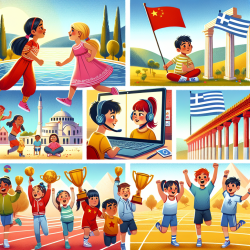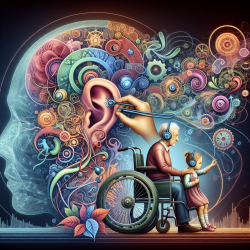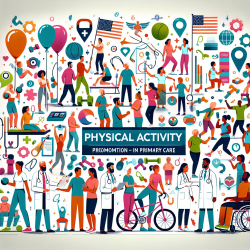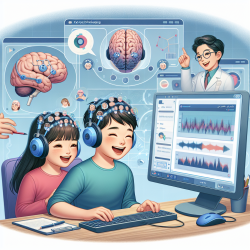Introduction
In today's fast-paced world, where technology often overshadows physical activity, understanding and promoting physical literacy in children is more crucial than ever. A recent study titled "Exploring physical literacy in children aged 8 to 12 years old: a cross-cultural comparison between China and Greece" sheds light on this essential aspect of child development. As practitioners, we can harness these insights to foster better outcomes for children across diverse cultural contexts.
The Study at a Glance
The study involved 327 Chinese and 295 Greek children aged 8 to 12, assessed using the Canadian Assessment of Physical Literacy, 2nd edition (CAPL-2). This tool evaluates four domains: Daily Behavior, Physical Competence, Motivation and Confidence, and Knowledge and Understanding. The results revealed significant differences in physical literacy levels between the two countries, with Greek children generally outperforming their Chinese counterparts. However, most children in both countries were categorized as "progressing," indicating room for improvement.
Key Findings
- Cultural Influence: The study highlights how cultural factors, such as educational policies and physical education settings, influence children's physical literacy.
- Motivation and Confidence: Greek children displayed higher motivation and confidence levels, although their physical activity participation was low.
- Physical Activity Levels: Despite higher physical activity levels, Chinese children still fell short of the recommended daily physical activity, similar to their Greek peers.
Implications for Practitioners
As practitioners, these findings offer valuable insights into enhancing our approaches to physical literacy in children. Here are some actionable steps:
- Incorporate Cultural Contexts: Tailor physical education programs to align with cultural values and practices, ensuring they resonate with children and their families.
- Enhance Motivation: Develop strategies to boost children's motivation and confidence, such as goal-setting, positive reinforcement, and providing diverse physical activity options.
- Promote Active Lifestyles: Encourage schools to integrate more physical activity opportunities throughout the day, beyond structured PE classes.
Encouraging Further Research
This study underscores the importance of considering cultural factors in physical literacy development. Future research could explore additional countries and contexts to further understand these dynamics. By expanding our knowledge, we can develop more effective interventions that cater to the unique needs of children worldwide.
Conclusion
Physical literacy is a vital component of children's overall development, influencing their health, well-being, and lifelong engagement in physical activity. By understanding and addressing cultural differences, practitioners can create more inclusive and effective programs that empower children to thrive.
To read the original research paper, please follow this link: Exploring physical literacy in children aged 8 to 12 years old: a cross-cultural comparison between China and Greece.










